Italian espresso extraction parameters suggest how many powders to use for making espresso, time and water temperature
Guide reading
Espresso is the same as hand-brewed coffee, the extraction parameters have a great influence on the flavor of espresso. Especially espresso, the amount of coffee powder extracted, extraction time, pressure and so on have a slight deviation, a flavor in espresso will be magnified, prone to acidity, scorching and so on. So it is really important to understand the extraction parameters of Italian concentration! So, what parameters should we pay attention to when extracting espresso?

/ amount of coffee powder
The amount of extracted espresso powder is determined by the loading capacity of the powder bowl. At present, most of the powder bowl loading specifications on the market are 7g, 9g (single concentration), 16g, 18g, 20g, 22g (double concentration). The size of the powder bowl is equal to the recommended load of the powder bowl, and the maximum and minimum load is ±1g. For example, the 20g powder bowl now used in Qianjie has a minimum load of 19g and a maximum load of 21g.

Why is the error ±1g? Because the amount of powder will affect the density of pressed powder, when we press powder with the same strength, too little powder will make pressed powder denser (loose), the flow of water will pass faster, resulting in insufficient coffee extraction; too much powder will reduce the density of pressed powder (denser), and the flow of water will pass slowly, leading to excessive coffee extraction.
/ powder / liquid ratio
Unlike the powder-water ratio commonly used in hand-brewing coffee, the powder-to-water ratio is brewed with a fixed amount of water. Espresso can not calculate how much water is used for coffee extraction, so it needs to be calculated by the ratio of powder to liquid, that is, the ratio of coffee powder to liquid. The proportion is affected by two factors, one is the amount of coffee powder, the other is the amount of water injected, too low ratio will make the coffee drink very rich and heavy, easy to have the bitterness caused by excessive extraction; and too high proportion will make the coffee tasteless and sour caused by insufficient extraction.

When people first realized the importance of powder-liquid ratio, it was X-gram powder: Xml coffee liquid, the former is a unit of weight, the latter is a unit of capacity, due to different density, the two units are not equal to each other. In particular, when extracting espresso, there will be an oil layer, which changes with the freshness or roasting degree of coffee beans, and the oil layer is often taken into account when calculated in units of capacity, so this measurement method will cause instability in the product.
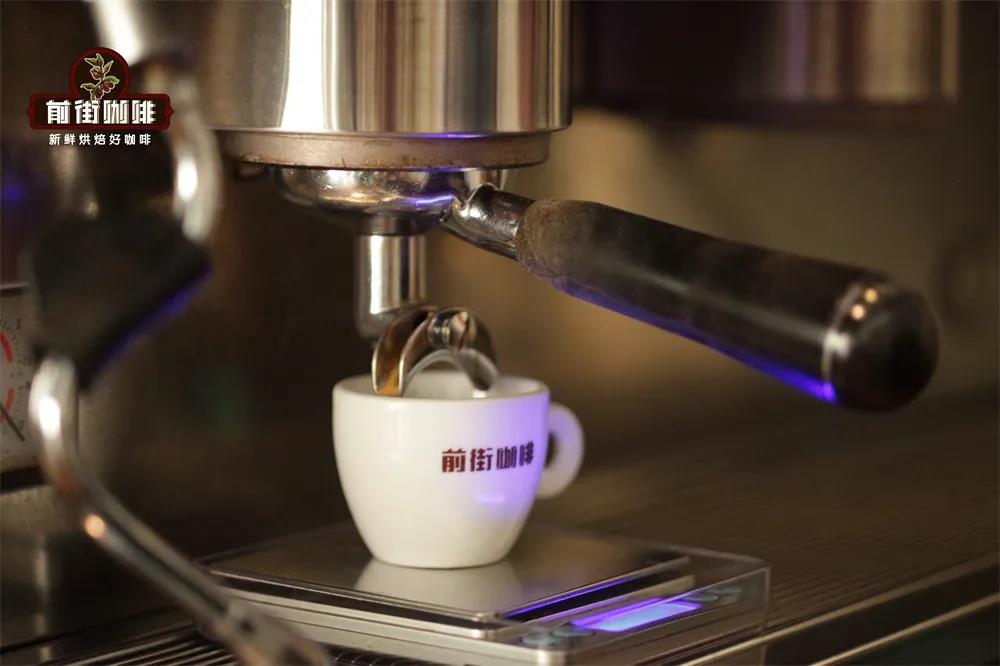
In order to ensure the stability of espresso, the ratio of powder weight to liquid weight appeared later, that is, X gram powder: X gram coffee liquid, and the weight of the coffee liquid extracted by electronic scale shall prevail. The recommended ratio of powder to liquid for general extraction is between 1.5g and 2.5.It is more common to use 1:2 ratio, for example, 20g coffee powder is used to extract 40g coffee liquid from Qianjie daily products.
/ extraction pressure
Generally speaking, the extraction pressure of the semi-automatic coffee machine is about 9bar, which is set by the coffee machine itself. When the extraction pressure becomes wrong, you need to contact a professional for inspection. Of course, as more and more people study coffee, the pressure around 9bar can no longer satisfy everyone to "engage in scientific research." now there will be some coffee machines on the market that have the function of variable pressure extraction, increasing or decreasing the extraction pressure according to the characteristics of coffee beans, thereby changing the extraction efficiency of coffee.
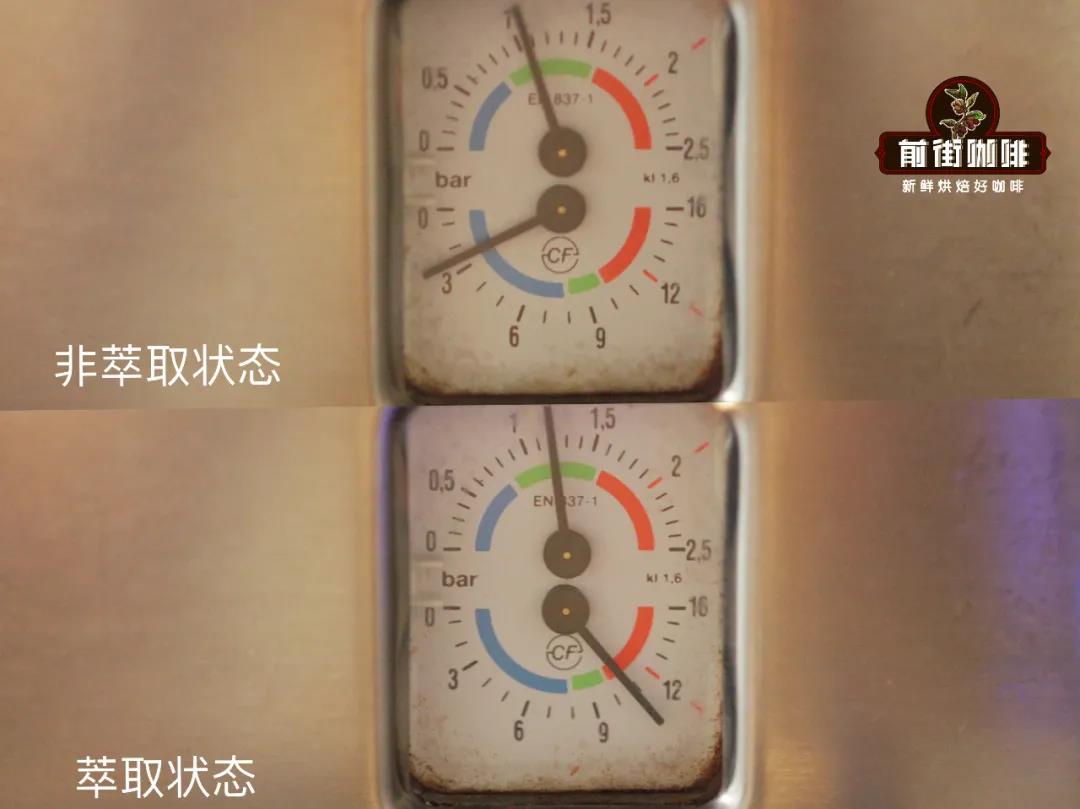
/ extraction temperature
The water temperature for espresso extraction is generally 90 ℃-94 ℃, which is set by the coffee machine itself (of course, there is also a coffee machine with the function of adjusting the extraction water temperature). If the water temperature is too high, it is easy to extract too much, the coffee taste is easy to be bitter, if the water temperature is too low, it is easy to underextract, and the coffee taste is prone to acidity. If the extraction water temperature is higher / lower than the set extraction water temperature, you need to contact a professional for inspection.

/ extraction time
The extraction time refers to the whole extraction time from the beginning to the end of buckling the handle and pressing the extraction key. Qianjie recommends that the extraction time of single espresso is about 18-23 seconds and that of double espresso is about 25-30 seconds. When we find that the extraction time is abnormal, the first thing we check is the amount of coffee powder and the degree of grinding.
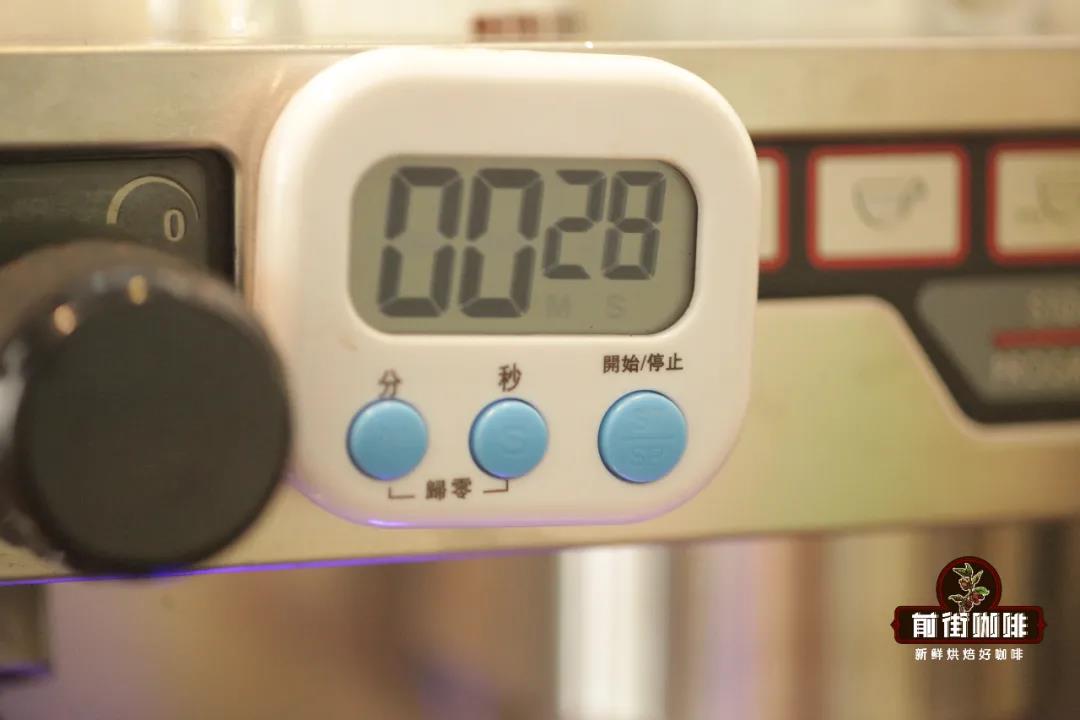
If the amount of coffee powder is too much, the density of pressed powder is low, and the passage time of water is prolonged; if the amount of coffee powder is too little, the density of pressed powder is high, the passage time of water is shortened. If the grinding is too rough, the channel formed between the coffee particles is larger, and the flow speed is fast; the grinding degree is too fine, the channel formed between the coffee particles is small, and the water flow speed is slow.
/ extraction flow rate
The flow rate is the speed at which the coffee liquid flows down. Under normal circumstances, espresso needs to start dripping the first drop of coffee liquid about the fifth second after pressing the extraction key, and the subsequent flow rate is relatively uniform.
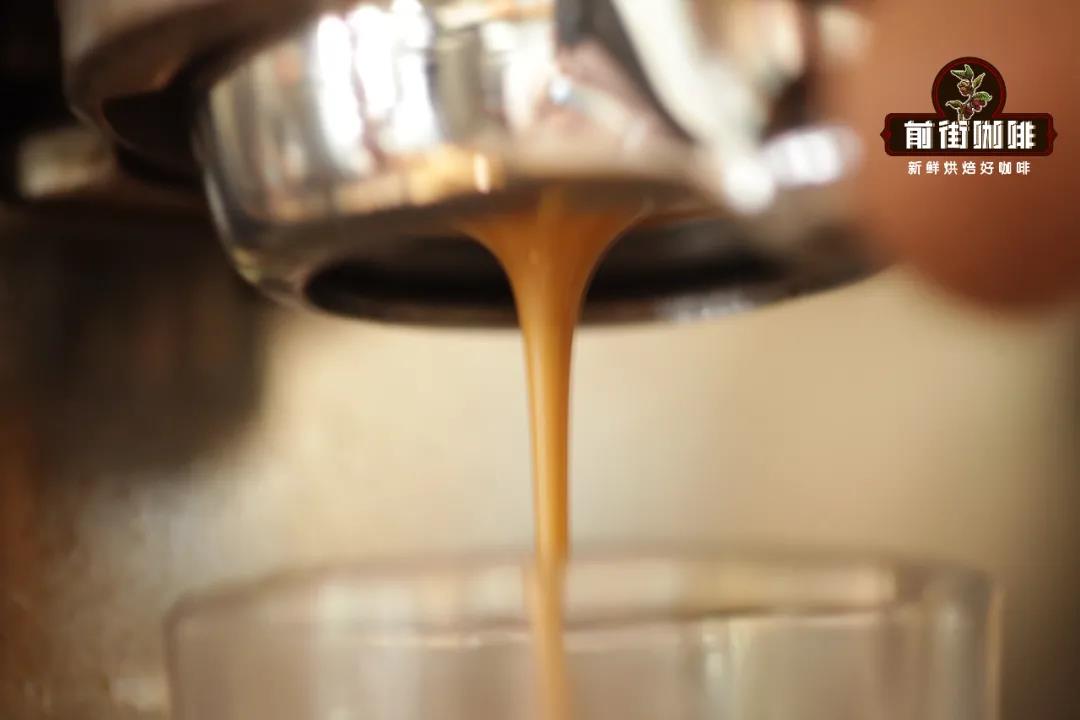
If you don't drop the first drop of coffee after many seconds, the density of pressed powder is too low; press the extraction button and start dripping the first drop of coffee in less than two or three seconds, that is, pressed powder is dense, creating more channel effects to let the water through.
Professional coffee knowledge exchange more coffee bean information please follow the coffee workshop (Wechat official account cafe_style)
Important Notice :
前街咖啡 FrontStreet Coffee has moved to new addredd:
FrontStreet Coffee Address: 315,Donghua East Road,GuangZhou
Tel:020 38364473
- Prev
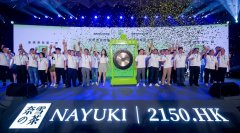
Xi Cha responds to rumors about the purchase of Lele Tea what is the relationship between Lele Tea and Happy Tea
2021 is the year when the new tea market is active. First, round after round of financing, according to the article of the New consumption Internal reference, there were 15 financing cases of tea brands in the first half of 2021, the disclosed amount was more than 5 billion yuan, the number of financing events and the disclosed amount were higher than the whole year of 2020. Then, as the first tea share in Hong Kong on June 30, Naishuangcha was officially listed on the Hong Kong stock market.
- Next
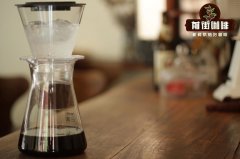
How long can ice drop cold coffee be kept in the refrigerator? Cold coffee tastes better in the refrigerator for 12 hours?
Recently, more and more friends make ice brewed coffee such as cold extract coffee and ice drop coffee at home. Ice drops of coffee prepared in front of the street are also in short supply. Many friends also asked, how long can ice-brewed coffee be kept in the refrigerator? What's the secret of ice-brewed coffee extracted at low temperature? Both cold extract coffee and ice drop coffee belong to
Related
- Beginners will see the "Coffee pull flower" guide!
- What is the difference between ice blog purified milk and ordinary milk coffee?
- Why is the Philippines the largest producer of crops in Liberia?
- For coffee extraction, should the fine powder be retained?
- How does extracted espresso fill pressed powder? How much strength does it take to press the powder?
- How to make jasmine cold extract coffee? Is the jasmine + latte good?
- Will this little toy really make the coffee taste better? How does Lily Drip affect coffee extraction?
- Will the action of slapping the filter cup also affect coffee extraction?
- What's the difference between powder-to-water ratio and powder-to-liquid ratio?
- What is the Ethiopian local species? What does it have to do with Heirloom native species?

